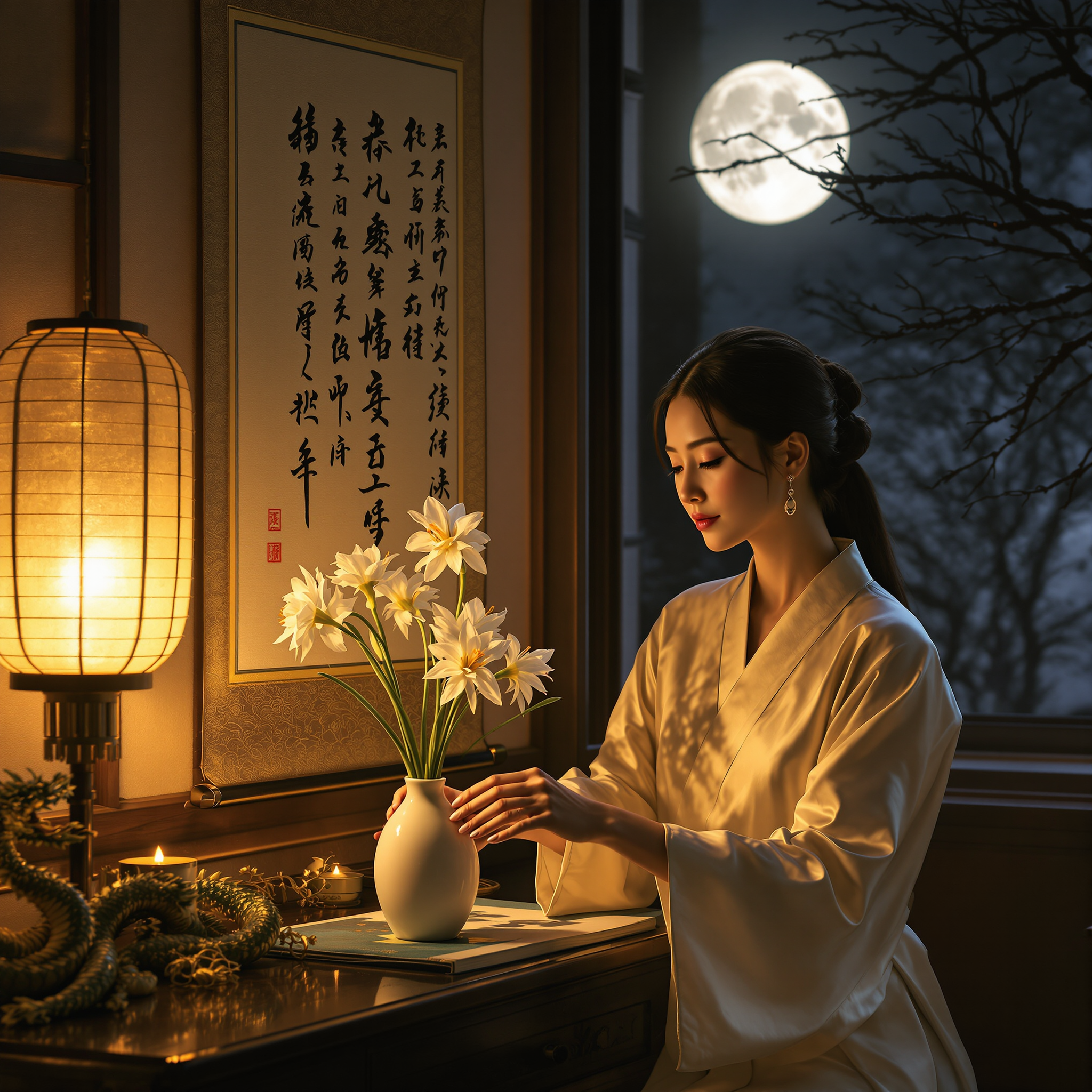In the feng shui tradition, each compass direction is associated with a specific aspect of life. The north direction governs career and life path. Practitioners believe that enhancing this sector can improve job opportunities, professional growth, and success. The white narcissus flower, symbolizing purity and new beginnings, is traditionally considered to carry auspicious energy. To apply this superstition, one must identify the north section of the home—using a compass or a feng shui bagua map—and place a fresh or artificial white narcissus flower there. For maximum effect, it is often recommended to clean the area beforehand and consider adding supportive water elements (such as a bowl of clean water) near the plant, since north corresponds with the water element in feng shui’s five-element system. The flower should be kept fresh or energetically maintained to continue attracting positive chi toward one’s career.

A baby’s future career or fate is predicted by the first object they select during a ceremonial setup.
In several Asian and Eastern European cultures, a traditional ceremony is held for babies usually around their first birthday. Known


